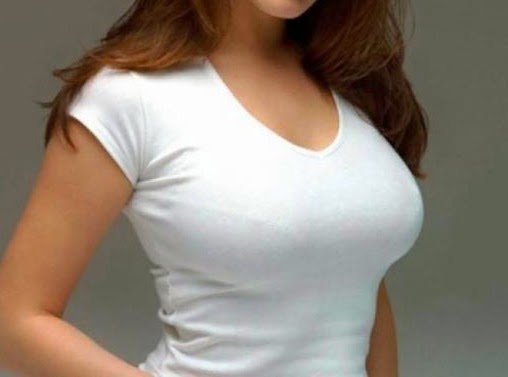
Many women mistakenly attribute the changes and their sagging breasts to breastfeeding, and as a result some are reluctant to nurse their infants. In Rinker's study, 55% of respondents reported an adverse change in breast shape after pregnancy. Other significant factors were higher body mass index and larger bra cup size. The fourth reason was significant weight gain or loss (greater than 50 pounds (23 kg)). This is more true for larger-breasted women. As most women age, breasts naturally yield to gravity and tend to sag and fold over the inframammary crease, the lower attachment point to the chest wall.
#Droppy breast skin
A history of cigarette smoking "breaks down a protein in the skin called elastin, which gives youthful skin its elastic appearance and supports the breast." The number of pregnancies was strongly correlated with ptosis, with the effects increasing with each pregnancy. Īccording to Rinker's research, there are several key factors. The study results were presented at a conference of the American Society of Plastic Surgeons. They studied the women's medical history, body mass index (BMI), their number of pregnancies, their breast cup size before pregnancy, and smoking status. He decided to find out if this was true, and between 19 he and other researchers interviewed 132 women who were seeking breast augmentation or breast lifts. University of Kentucky plastic surgeon Brian Rinker encountered many women in his practice who attributed their sagging breasts to breastfeeding, which was also the usual belief among medical practitioners. See also: Women and smoking § Unique gender differences and health effects for females

Estrogen is also essential to maintaining a fibrous protein called collagen, which makes up much of the breast's connective tissue. The loss of estrogen reduces breast size and fullness. This is due in part to the reduction in estrogen, which affects all body tissues, including breast tissue. In post- menopausal women, breast atrophy is aggravated by the inelasticity of over-stretched, aged skin. The nipple of the breast may also tend to point downward. The nipple-areola complex tends to move lower on the breast relative to the inframammary crease. When a woman with sagging breasts stands, the underside or inferior skin of the breast folds over the infra-mammary fold and lies against the chest wall. When these factors are at play, the breast prolapses, or falls forward. Breast tissue and suspensory ligaments may also be stretched if the woman is overweight or loses and gains weight. If a woman has been pregnant, postpartum hormonal changes will cause her depleted milk glands to atrophy. In middle-aged women, breast ptosis is caused by a combination of factors. A 2010 review found that weight gain during pregnancy and breastfeeding were not significant risk factors for ptosis. In addition, when milk production stops (usually as a child is weaned), the voluminous mammary glands diminish in volume, but they still add bulk and firmness to the breast. As a woman's breasts change in size during repeated pregnancies, the size of her breasts change as her mammary glands are engorged with milk and as she gains and loses weight with each pregnancy. Women who experience multiple pregnancies repeatedly stretch the skin envelope during engorgement while lactating. These hormones stimulate the 15 to 20 lobes of the milk-secreting glands in the breasts to develop. Impact of pregnancy ĭuring pregnancy, the ovaries and the placenta produce estrogen and progesterone. It may be primarily caused by the volume and weight of the breasts which are disproportionate to her body size. In young women with large breasts, sagging may occur early in life due to the effect of gravity.

In the most advanced stage, the nipples are below the fold and point toward the ground.Ī woman's breasts change in size, volume, and position on her chest throughout her life. Plastic surgeons categorize the degree of ptosis by evaluating the position of the nipple relative to the infra-mammary fold, the point at which the underside of the breasts attach to the chest wall. It is also commonly believed that the breast itself offers insufficient support and that wearing a bra prevents sagging, which has not been found to be true. Many women and medical professionals mistakenly believe that breastfeeding increases sagging. Post-menopausal women or people with collagen deficiencies (such as Ehlers-Danlos) may experience increased ptosis due to a loss of skin elasticity. The key factors influencing breast ptosis over a woman's lifetime are cigarette smoking, her number of pregnancies, higher body mass index, larger bra cup size, and significant weight change. The rate at which a woman's breasts drop and the degree of ptosis depends on many factors. Ptosis or sagging of the female breast is a natural consequence of aging.


 0 kommentar(er)
0 kommentar(er)
